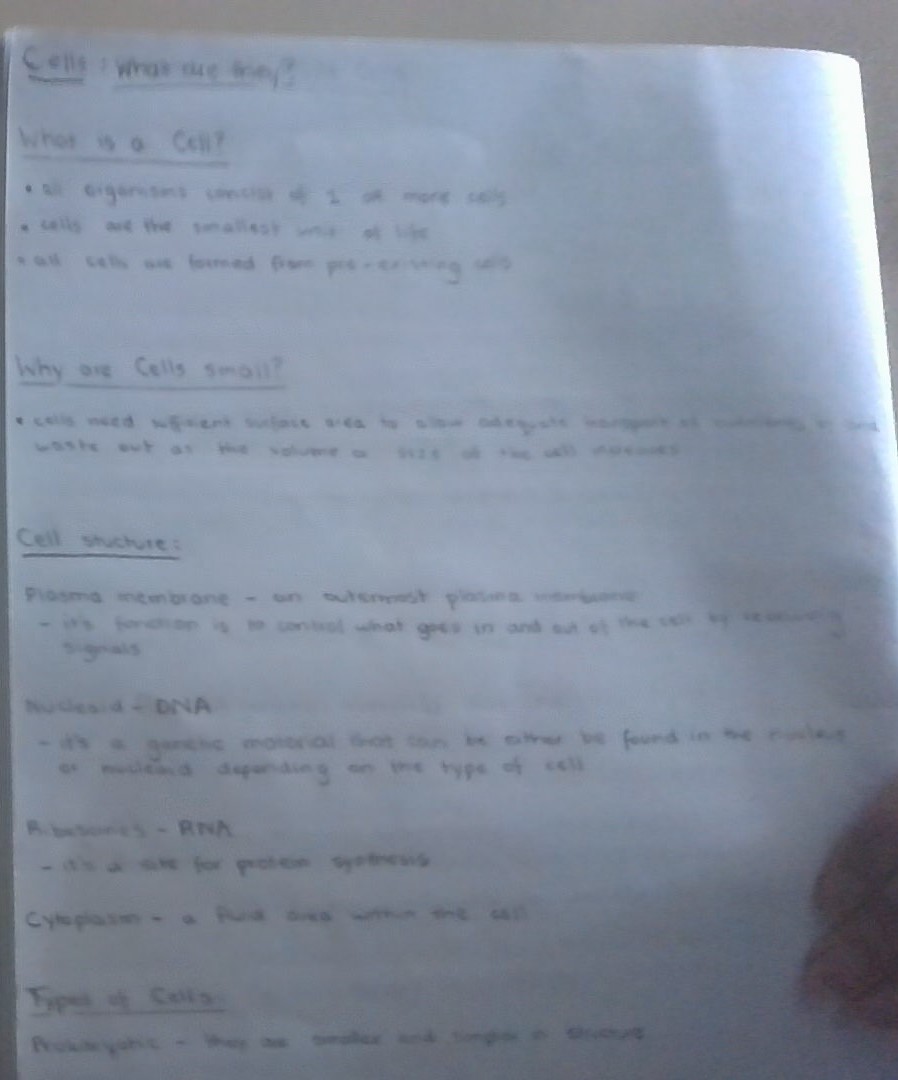What is a cell and why are cells small? Describe cell structure and types of cells.

Understand the Problem
The document describes various aspects of cells, including their definition, structure, and types. It highlights what a cell is, why cells are small, and details about cell structures such as the plasma membrane, nucleus, ribosomes, and cytoplasm.
Answer
A cell is the smallest unit of life, vital for function and structure. Cells are small for efficient exchange, with types being prokaryotic and eukaryotic.
A cell is the smallest structural and functional unit of life, making up all living organisms. Cells are small to maintain a high surface area-to-volume ratio for efficient substance exchange. They have structures like the plasma membrane, nucleus, ribosomes, and cytoplasm. There are two main cell types: prokaryotic and eukaryotic.
Answer for screen readers
A cell is the smallest structural and functional unit of life, making up all living organisms. Cells are small to maintain a high surface area-to-volume ratio for efficient substance exchange. They have structures like the plasma membrane, nucleus, ribosomes, and cytoplasm. There are two main cell types: prokaryotic and eukaryotic.
More Information
Cells maintain life processes and are specialized in multicellular organisms. Prokaryotes lack membrane-bound organelles, unlike eukaryotes.
Tips
Mistaking all cells as the same size can lead to errors. Understand how surface area impacts function.
Sources
AI-generated content may contain errors. Please verify critical information